It’s probably not the most important smartphone feature for some of you, but there’s a good number of people who’s smartphone experience lives and dies by the quality of the front facing camera. It’s not enough for people to take photos of places or things anymore, they have to be in the picture in order to share with friends and/or family on social media. Love it hate or it, it’s a thing and it’s not going anyway anytime soon.
We’ve seen manufacturers make huge strides in this area, with most phones these days packing anywhere from 5 to 8MP camera sensors on the front of their devices. With the recently launched OnePlus 3T, we’re seeing them trade in the previous model’s 8MP camera sensor for a brand new 16MP one. But raw megapixels does not a good camera make, something we saw firsthand in our OnePlus 3T review. Yes, a megapixel bump could bring improved quality, but more than often it’s little more than a number.
That being said, I decided to pit some of the year’s hottest smartphones against each other in a selfie face-off, just to see which phone was capable of taking the best photo from the front. I already have a good idea who is going to take the win, but it can be equally important to see who comes in second, third, and last place. For reference, here are some quick stats before we start:
Front facing camera specs:
- OnePlus 3T – Samsung 3P8SP: 16MP, f/2.0
- Galaxy S7 – Samsung S5K4E6: 5MP, f/1.7
- Google Pixel – Sony Exmor IMX179: 8MP, f/2.4
- iPhone 7 – FaceTime HD: 7MP, f/2.2
Outdoor (shade)
OnePlus 3T, Samsung Galaxy S7, Google Pixel, Apple iPhone 7
Here we took some photos in the afternoon, while hiding behind a building’s shadow. This is ideal lighting for any smartphone camera, so this is as easily the best case scenario. The OnePlus 3T performs well in this test, but the picture is a tad bit too cool, and you can blurring and fringing on anything not dead in the center.
White balance on the Galaxy S7’s wide angle camera captured the scene perfectly, but there’s just far too much processing going on here, resulting in an extremely soft image that blurs out details.
The Pixel is by far the most detailed, vibrant, and has the most dynamic range, but the image is extremely underexposed (a by product of HDR+). While you could play around with the photo in post, not everyone wants to bother with that so we’re judging based purely on the immediate output.
It seems the iPhone 7 is the clear winner in this bout, offering the best mix of dynamic range, white balance, and detail. The only thing we didn’t like about the front facing camera on the iPhone 7 was how zoomed in it is, requiring extra long arms to get more of a background or fit others into the photo.
Best photo: iPhone 7
Outdoor (direct sunlight)
The results in the direct sunlight were actually quite surprising, with the Galaxy S7 blowing out my face completely, and Pixel once again underexposing the overall image, making my face look almost red, and artificially turning that sky a deep shade of blue. The iPhone did well with its own sort of HDR effect (despite the feature being turned off on the camera), but it was far too yellow and warm.
It was a close one, but the winner in this challenge — in my opinion — was the OnePlus 3T. The color of my face was tuned well and there’s a more shallow depth of field here than the others. Overall a great photo and one I wouldn’t mind posting directly on social media.
Best photo: OnePlus 3T
Indoor (natural light)
Here’s where we’re really going to see the low light capabilities of these front facing cameras come into play. In this photo challenge, I was sitting near a large sliding glass door window, with the afternoon light pouring in. Not sure I would call this “low light,” but it was definitely darker than being outside.
The Pixel is the clear winner here (something we expect to see from here on out thanks to HDR+), with an insane amount of detail, color reproduction, and temperature. The OnePlus 3T is probably next in line as far as detail, but I want to give the Galaxy S7 props for nailing color and white balance down (although the image is so soft, you can barely make out the hairs on my face). The iPhone 7 was almost as detailed as the OnePlus 3T, but the weird green hue really killed this one for me.
Best photo: Google Pixel
Low light (natural light)
For this challenge, I was standing in a dimly lit hallway, which only had a teensy bit of light creeping in through a far off window. The OnePlus 3T performs surprisingly well in this test. It’s a little softer than before, but color saturation is nice with mostly accurate white balance. The Galaxy S7 on the other hand, completely falls apart, with a blurry, oddly pink hued image that looks like an old 1MP web cam photo.
Of course, the Google Pixel is still the champ in low light, although there’s a great deal more noise and processing done to keep things smooth. The iPhone 7 has a tad more detail than the OnePlus 3T, but the weird green hue — once again — ruined the photo for us. Even then, we’d have to hand the L to the Galaxy S7 which is the clear loser here.
Best photo: Google Pixel
Indoor well lit (incandescent)
Here, I was standing almost directly underneath a ceiling light (incandescent), which produced a warm glow you’d typically find inside your home. This one was a little more difficult to judge, but we were surprised to find that even with more than adequate indoor lighting, the Galaxy S7 still floundered.
It’s really a toss up for second place with the OnePlus 3T more accurately capturing the hue of the light, and the iPhone 7 which had much more detail at the cost of extra noise. In any case, the Pixel still can’t be touched even if the white balance was a tad too pink.
Best photo: Google Pixel
Indoor low light (incandescent)
Here we have some very low incandescent lighting, typical of what you’d find in a dimly lit restaurant. It’s by far the greatest challenge any smartphone camera will face, let alone a front facing one. We wont beat around the bush — all these photos look like crap, but the nicest turd of the bunch is the Google Pixel. Sure, there’s tons of noise, but that’s what you get for added detail. The polar opposite of this would be the Galaxy S7 which makes it impossible to make out a single detail thanks to extreme post processing in an effort to smooth out noise.
I expected the OnePlus 3T and iPhone 7 to tie again for second, but was surprised at how awful the 3T performed in this test (especially considering the regular OnePlus 3 did extremely well in low light). In either case, the 3T was only a hair better than the Galaxy S7, which to put it nicely, means it was only a shade better than awful.
Best photo: Google Pixel
WINNER: Google Pixel
So what did we learn here today? For one, smartphone cameras handle things like noise, saturation, dynamic range, and hue so differently — and with vastly different levels of post processing — very few can claim to be the best in every given situation. It’s true with both rear and front facing cameras.
As we mentioned at the start of this post, I had a good feeling the Google Pixel would come out on top, but I was more curious to see how well something like the $440 OnePlus 3T, with it’s 16MP front facing camera, would fare against the Galaxy S7 and iPhone 7 — two phones that are nearly double its price.
For those who value a quality selfie camera and are shopping around for their next smartphone, the OnePlus 3T which offers the best bang for the buck. If front facing camera quality is important to you, you may want to stay clear of the Samsung Galaxy S7, which has one of the worst front facing cameras we’ve tested.
If you’re looking for the very best photo experience for both rear and front facing cameras, well, that’s a spot reserved exclusively for the Google Pixel. For more on the Google Pixel and it’s fantabulous HDR+ camera, check out our Pixel camera review here.

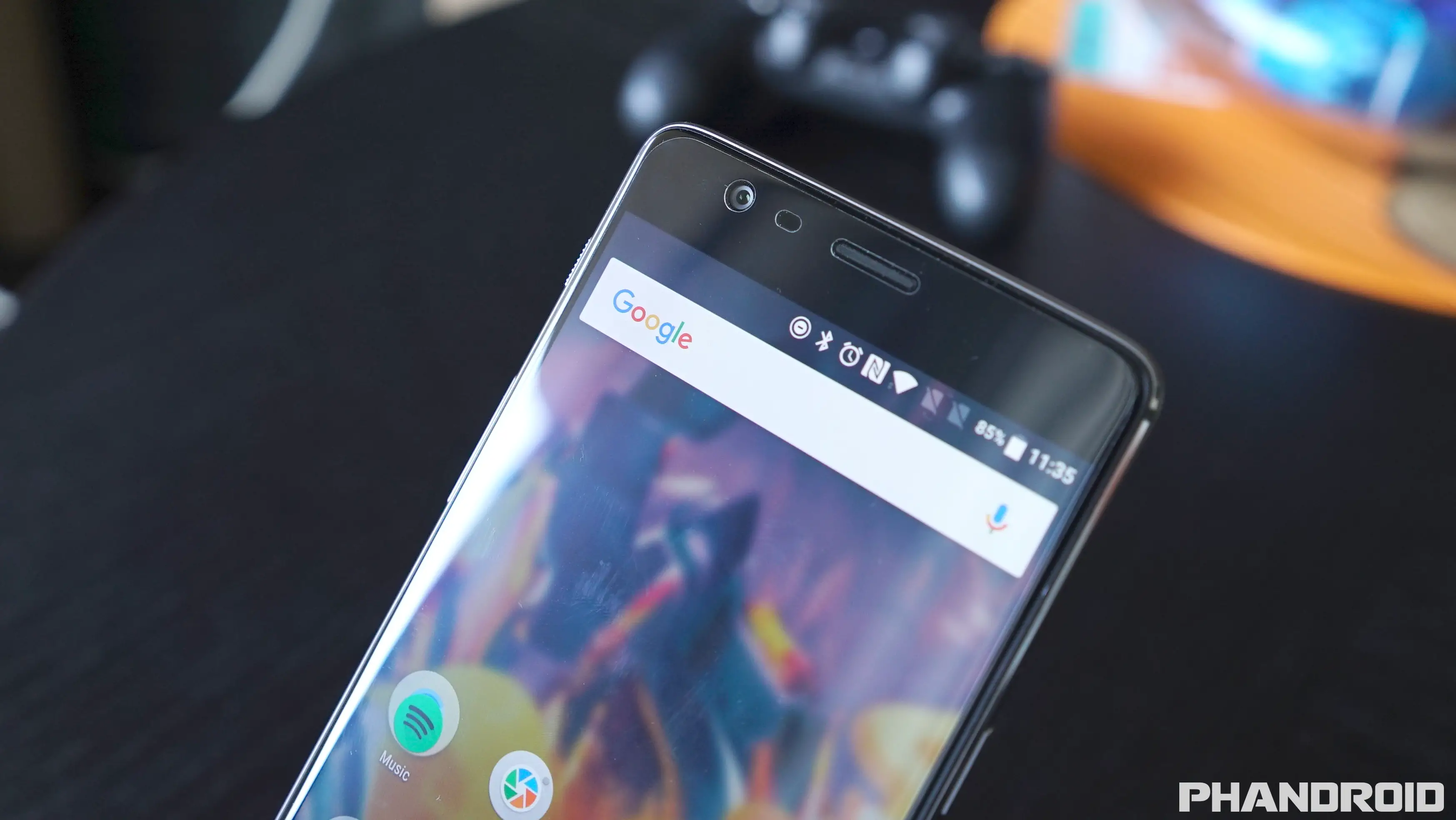


















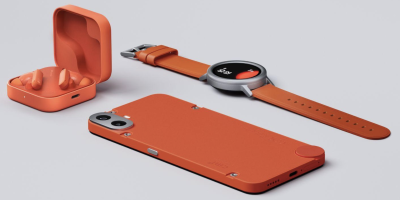
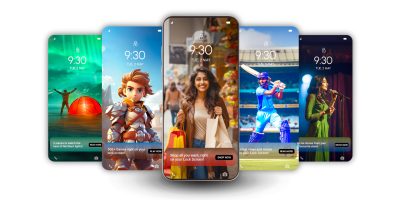
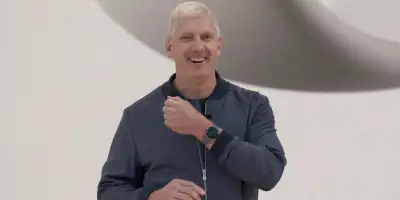

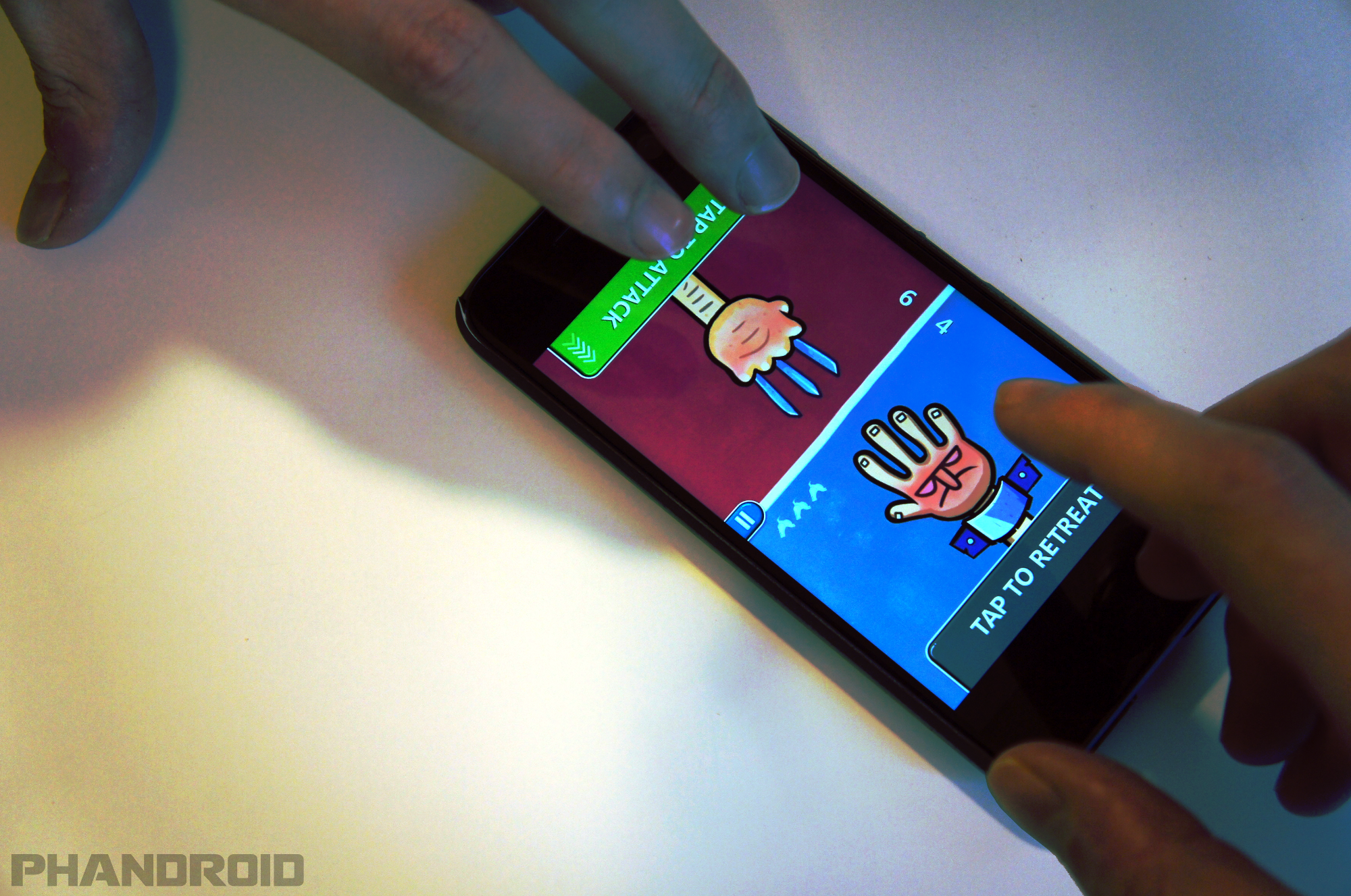
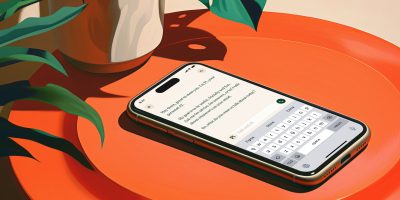




Comments